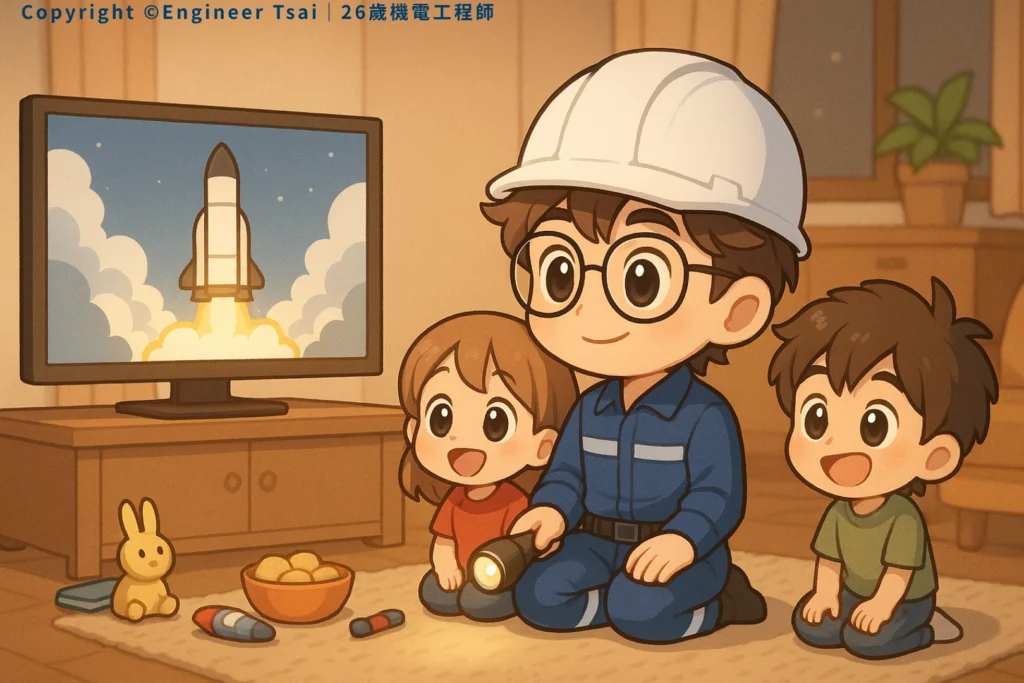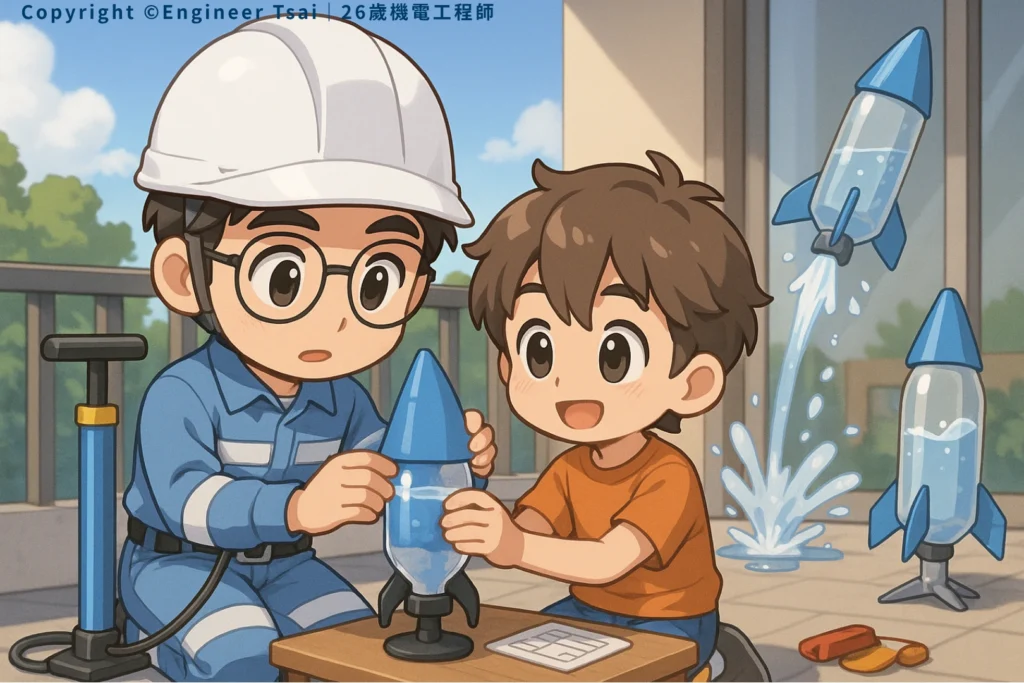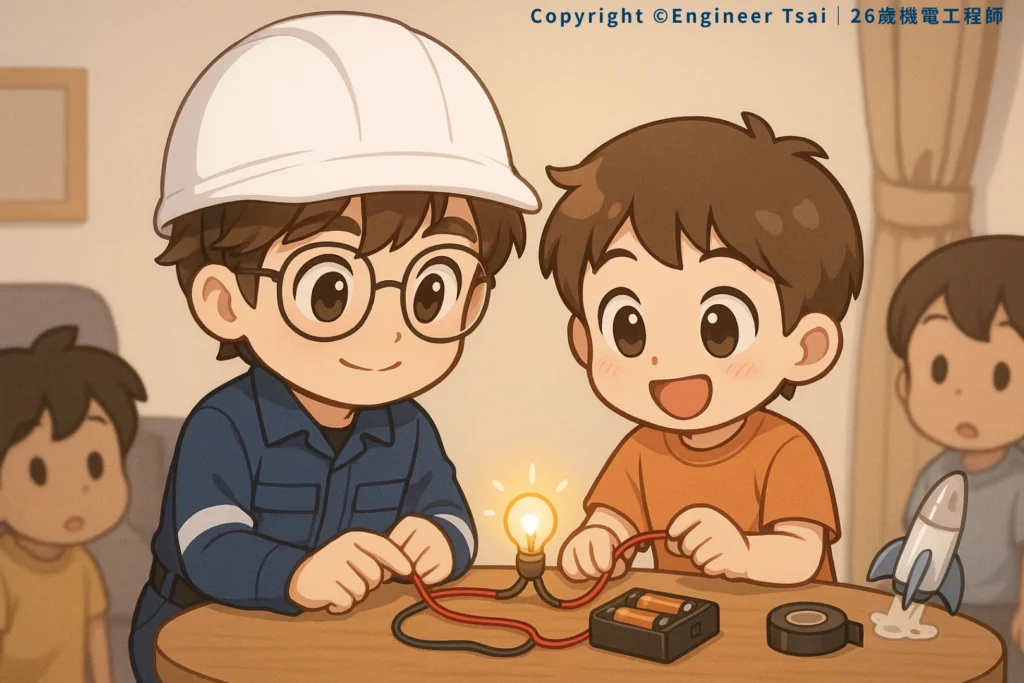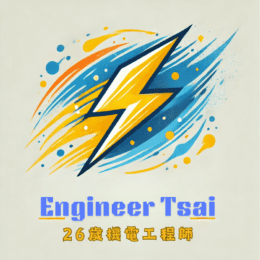Ever had one of those nights where your whole family gathers around the TV (or laptop) to watch a big rocket launch—maybe SpaceX or NASA—and the kids can’t stop asking, “How does a rocket even fly? Could we build one ourselves?”
And it can actully made in Simple Science Experiments…
The truth is, space technology isn’t just a wild show on a screen. Those launches can be the spark that turns your living room or backyard into a launchpad for your kids’ curiosity.
Why do science experiments at home?
Major events like a rocket launch get everyone excited, but there’s so much more to it than just watching the countdown. The real magic happens when you give your kids the chance to roll up their sleeves, try things out, and ask their own questions. As any engineer will tell you: Science isn’t far away at all. It’s right here, and every family—no matter their background—can jump in, explore, and make discoveries together.

You Can Totally Do This: Two Classic Family Science Experiments
You might be thinking, “But I’m not a science teacher—and we definitely don’t have fancy lab gear at home.”
Here’s the good news: Science doesn’t start with knowing everything. It starts with asking and trying. Here are two simple, super-fun experiments any family can pull off together:
- DIY Bottle Rocket (Launch Your Own Dream!)
- Light Up Your First Bulb: The Simple Circuit Challenge
No special equipment required—just stuff you probably already have around the house. These are safe, hands-on, and make for awesome parent–kid memories.
DIY Bottle Rocket: Launch Your Own “Space Mission”
What’s so cool about it?
Turning an empty soda bottle into a water rocket is a hands-on way for kids to see pressure, thrust, and gravity in action. The launch is exciting, and so is the “aha!” moment when science suddenly feels real (and sometimes, a little wet).
What you’ll need:
- An empty plastic soda bottle
- Water (about a third full)
- A cork or thick rubber stopper
- A bike pump (with needle adapter)
- A little duct tape (because, let’s be honest, every engineer swears by it)
How it works:
- Fill the bottle a third of the way with water.
- Plug the opening tightly with the cork or stopper.
- Push the bike pump needle through the stopper (so you can add air).
- Set the rocket upright on the ground, make sure everyone stands clear, and start pumping!
- When the pressure builds up… 3, 2, 1—blast off! The rocket shoots skyward with a spray of water.
What do kids actually learn?
- More pressure = higher rocket
- Changing how much water changes how it flies
- Science is messy—and that’s half the fun!
Pro tip for parents:
Before every launch, talk about what might happen if you add more water, or tilt the rocket differently. Give your kids a chance to predict, tweak, and see what changes. That’s real science in action—not just following steps, but experimenting, learning, and laughing together.

Easy Circuit DIY: Light Up Their First Bulb
Why is this worth doing?
Electricity powers pretty much everything in our lives, but for a lot of kids, “circuits” and “current” are just textbook words. There’s something unforgettable about the moment you actually make a bulb light up with your own two hands. Suddenly, electricity is real—and a lot less mysterious.
What you’ll need:
- One AA battery
- One small bulb (or LED)
- A couple of pieces of wire
- Electrical tape
How to do it:
- Attach one wire from the positive end of the battery to the bottom of the bulb.
- Use a second wire to connect the side of the bulb back to the battery’s negative end.
- Tape everything down so it stays put—and voilà, your circuit is complete!
What will kids discover?
- What a “closed circuit” really means
- Why things don’t work if you mix up the wires
- How adding a switch or a second bulb changes things
Pro tip for families:
Let your kid take the lead—hooking up wires, testing, and even “messing up.” Instead of aiming for perfection, ask together: “What if we add another battery? What if we try a different color bulb?” Every new experiment, whether it works or not, is another step in making science feel hands-on and fun.

Why Are These Science Experiments Worth Doing as a Family?
A lot of parents worry, “I’m not a science person—how can I teach my kid?” But here’s the real secret: It’s not about having all the answers. It’s about wondering together, thinking out loud, and asking, “Why did that happen?”
This is the heart of real science—and the kind of curiosity our kids need for the future:
- Learning together gives kids the confidence to ask questions.
- Getting hands-on makes knowledge stick and feel exciting.
- Messing up (and trying again) is the best teacher of all.
Quick Takeaway: Make Your Home the Ultimate “Rocket Base”
Next time there’s a rocket launch or a science event on the news, try this: Look at your kid and say, “Want to build our own?”
You don’t need fancy tools. You don’t have to get it perfect. All it takes is a willingness to explore together—because that’s where the magic happens.
📌 Recommended Reads:
🔹 Simple At-Home Science Experiments for Families (Coming Soon)
Everyday materials, big discoveries. Spark your child’s curiosity right from the kitchen table.
🔹 Rocket Science for Kids: How Do Rockets Fly? (Coming Soon)
A down-to-earth guide to rocket launches—explained in a way the whole family can get excited about.
🔹 DIY Electricity Experiments You Can Do at Home (Coming Soon)
Zero experience needed—turn your home into a mini makerspace.
🔹 From FSD to Fast Charging: Breaking Down Tesla Robotaxi Tech
If you’re curious about the latest tech, check out this engineer’s take on the future of driverless cars.
Has your family tried any DIY science experiments? Got a kid who surprised you with their creativity? Share your story or tips in the comments—let’s help more families discover just how much fun “being the engineer” at home can be!


